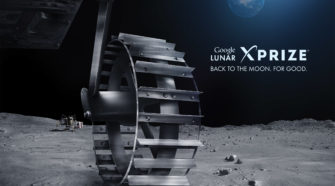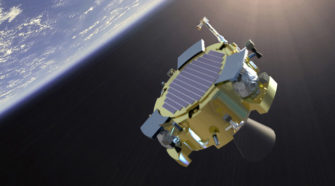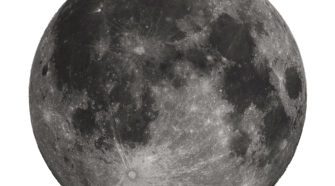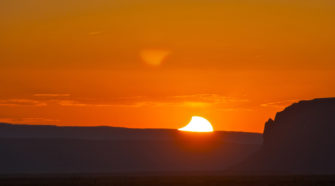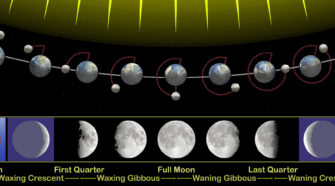Issue #8 (July 2014)
Teams vie for $20 million lunar prize
The race to the Moon is on. However, this race isn’t a pride-filled competition between nations. Now it is several teams consisting of engineers, entrepreneurs, and anyone with a vision, racing to build a moon roving robot – to the tune of $30 million in prizes. The Google Lunar X Prize is a next-generation competition …
Penn State students aim for the Moon
Landing a spacecraft on the Moon is an audacious undertaking, one that has only been accomplished by three nations of the world, the United States, Soviet Russia, and most recently, China. However, in December 2015, that will all change as the Pennsylvania State University’s Lunar Lion team will attempt to go to the Moon and …
All about the Earth’s moon
As this issue commemorates 45 years since the first human placed foot on the Moon it seems rather fitting to feature the Moon in this astronomy item. As we all know the Moon is our nearest astronomical body at about a quarter of a million miles or 405,000 Km away. Unlike other planets in our …
Take a closer look at the Moon
Observing the Moon The object of the month this time is the closest celestial body to us: The Moon. The Moon plays a big part in Astronomy for a number of reasons, the main one being light. Although the Moon does not generate light itself, it acts as a giant reflector for the sun. When …
Moon phases: Past, present and future
Take a look tonight at the Moon. What lunar phase do you observe? If you and your students want to learn more about the lunar phases before studying the night sky, we recommend: http://bit.ly/RShiwaay. Observing the Moon night after night and either photographing the phase or drawing it, is a good way to understand the …
The new Eagle has landed (via the Boeing Space Tug)
Vocabulary •Landing Kit: Includes the lunar landing legs, infrastructure, landing radar, etc. •Lunar Investment: The amount of money needed to fully fund a mission to the Moon •Lunar Material: A certain substance that can only be found on the Moon •Powered Ascent Initiation (PAI): The lunar liftoff ∆V requirements equal to 1,890 mps •Powered Descent …

